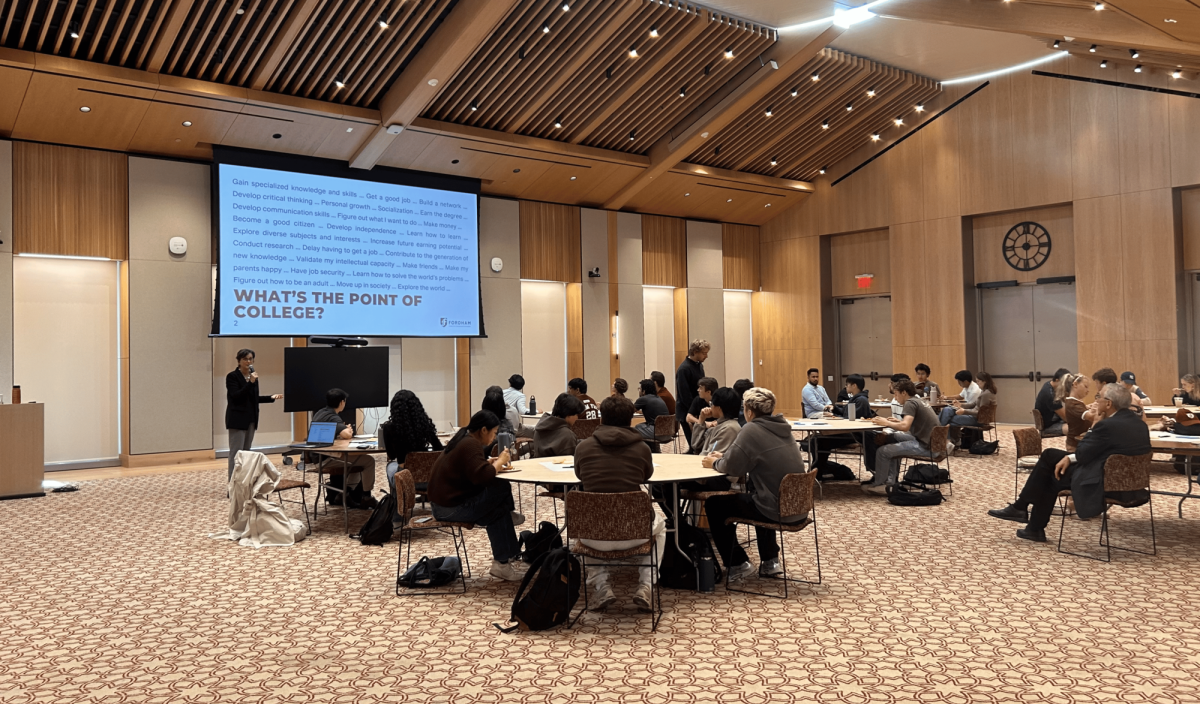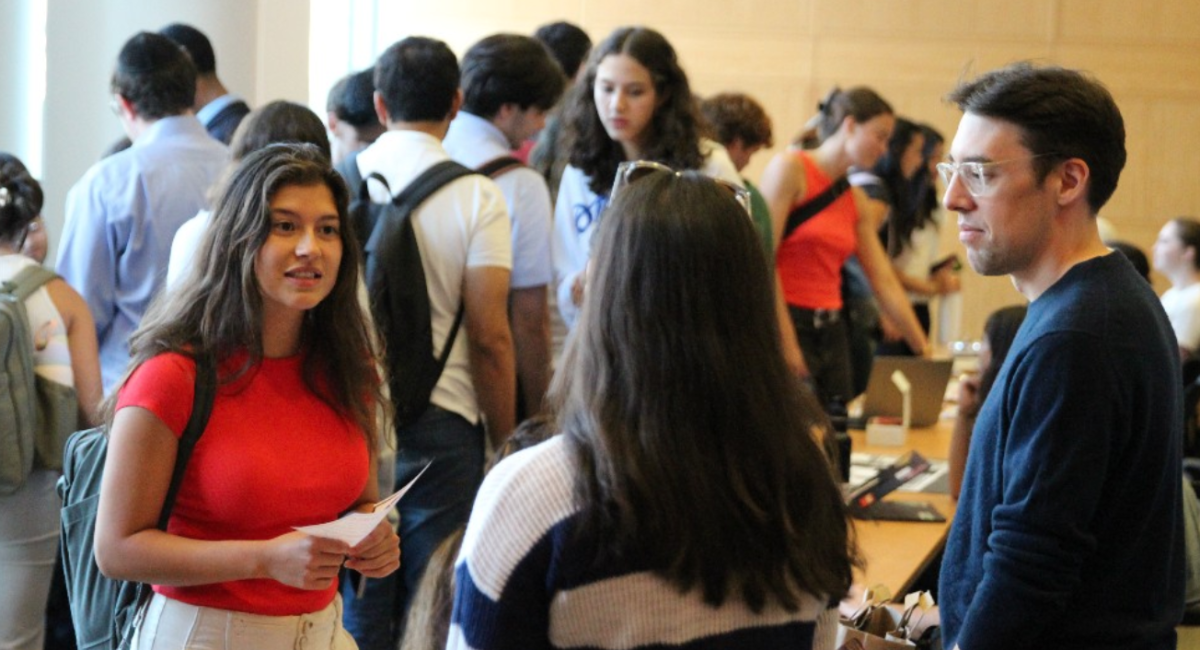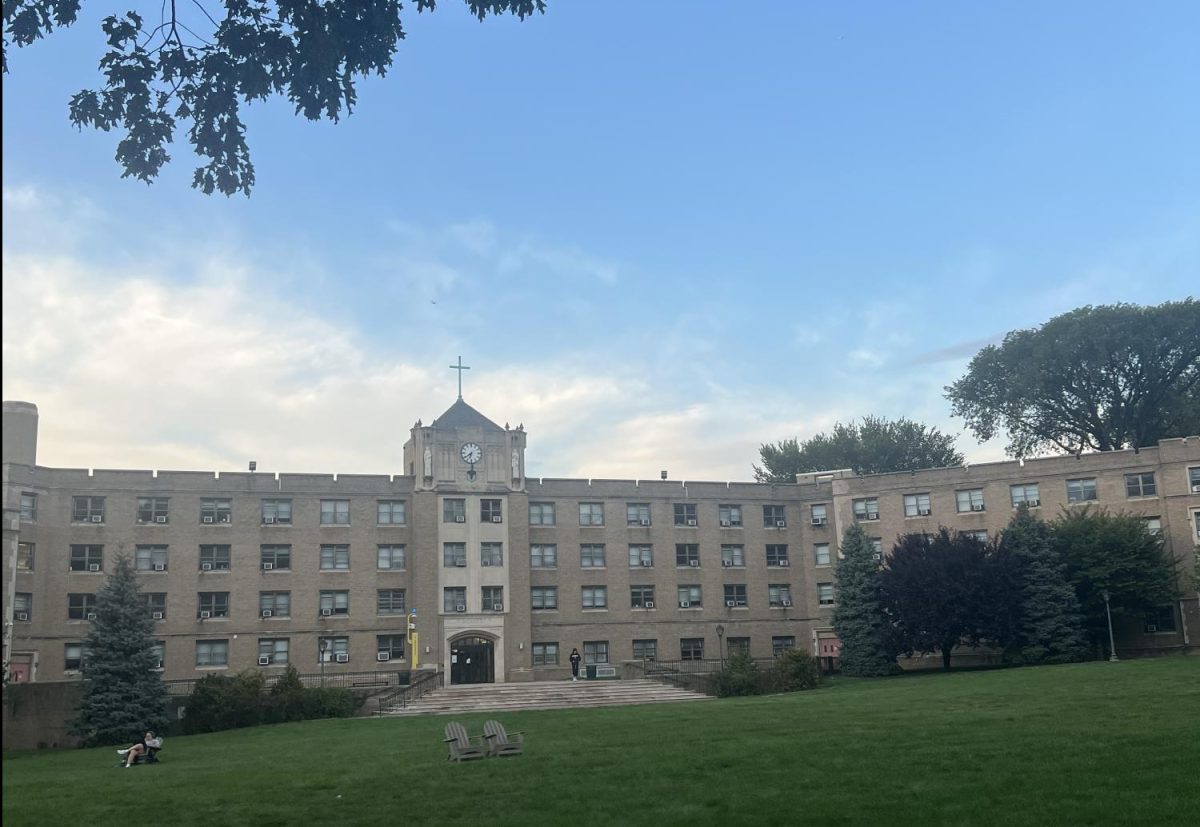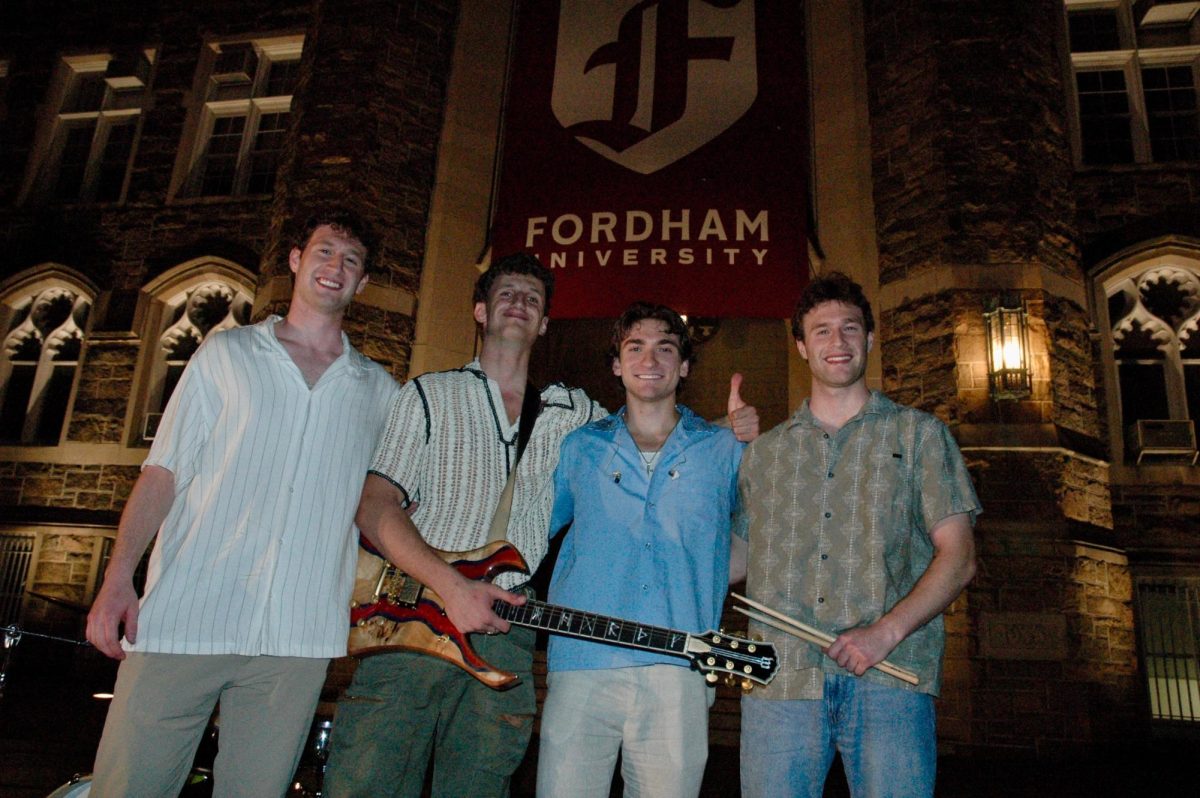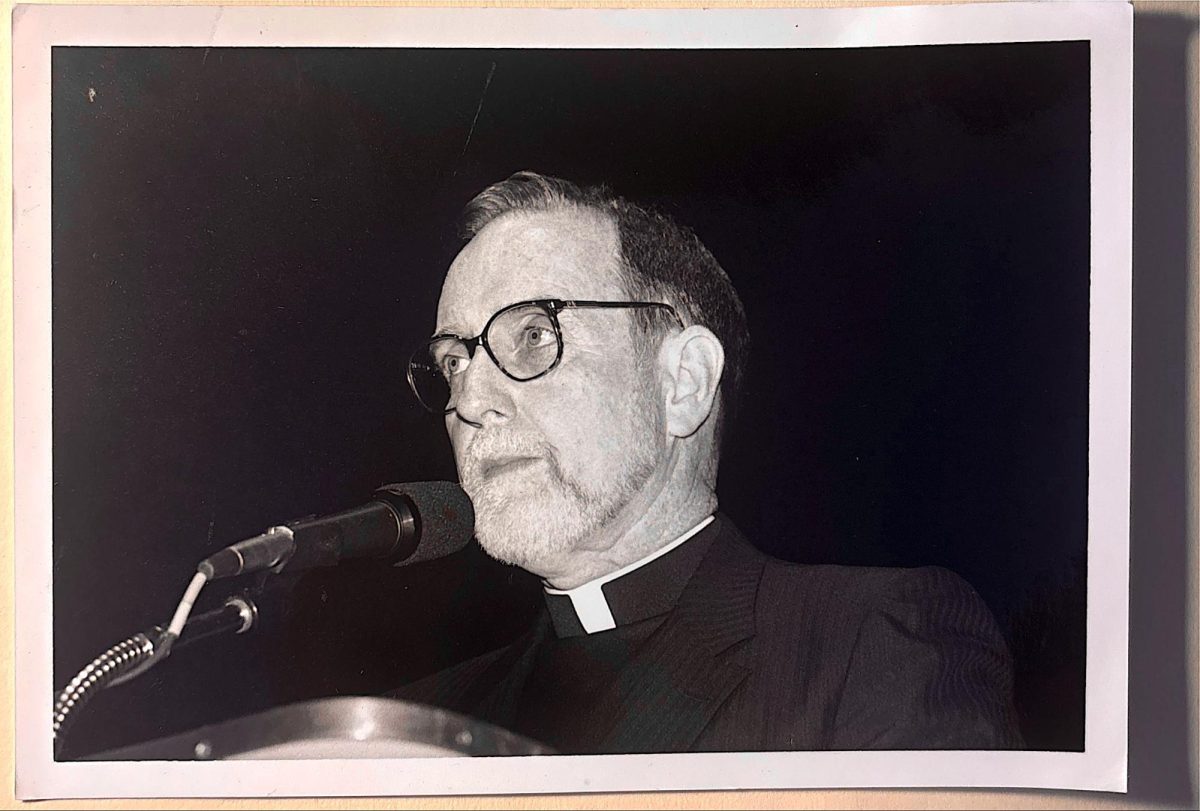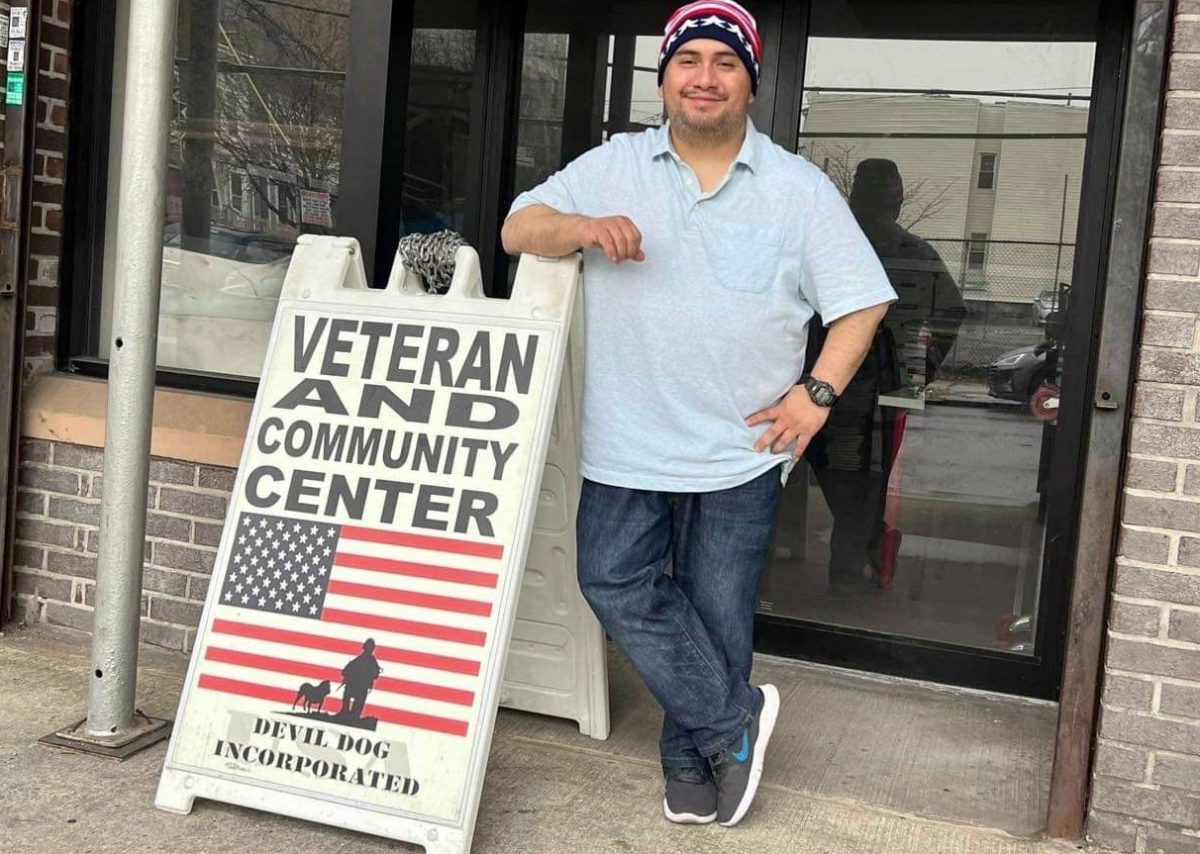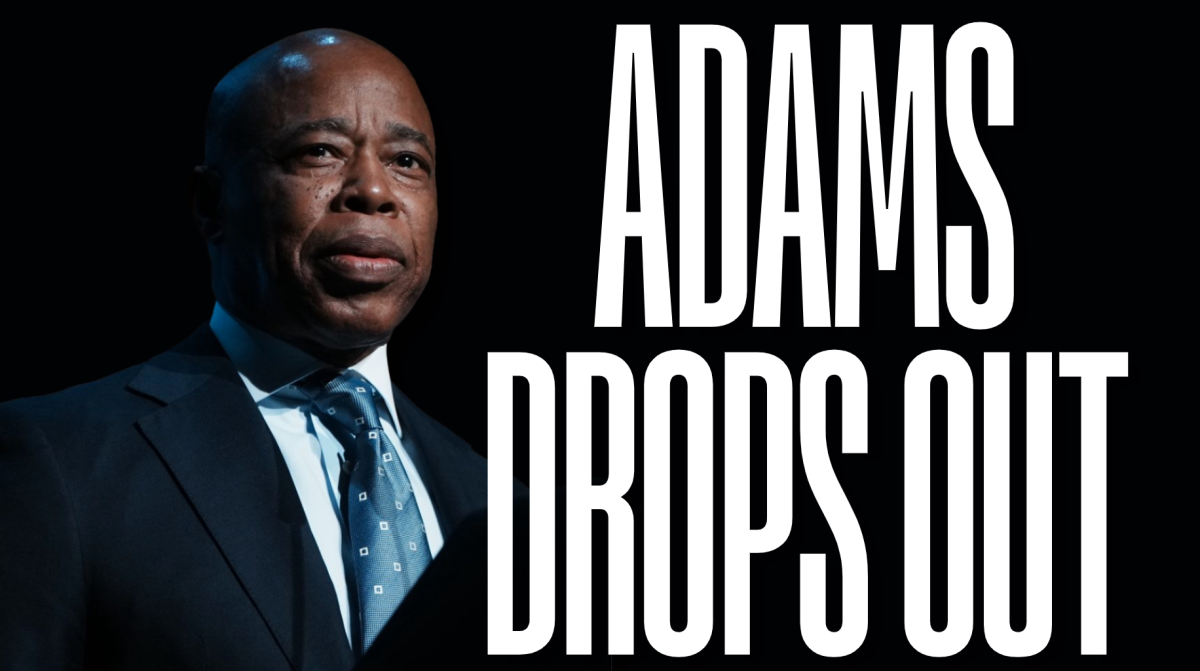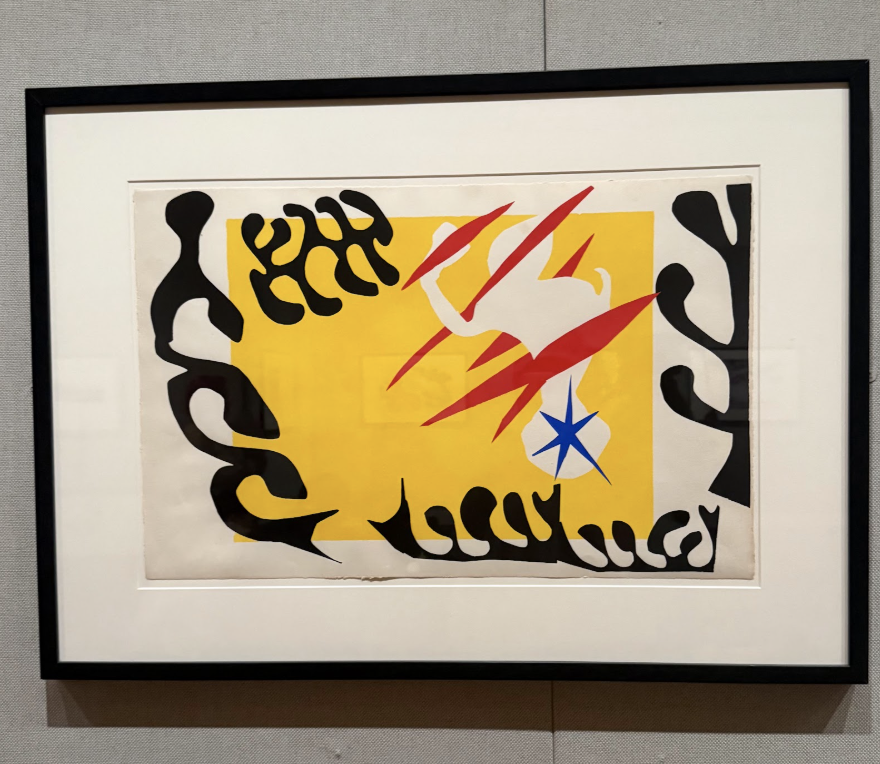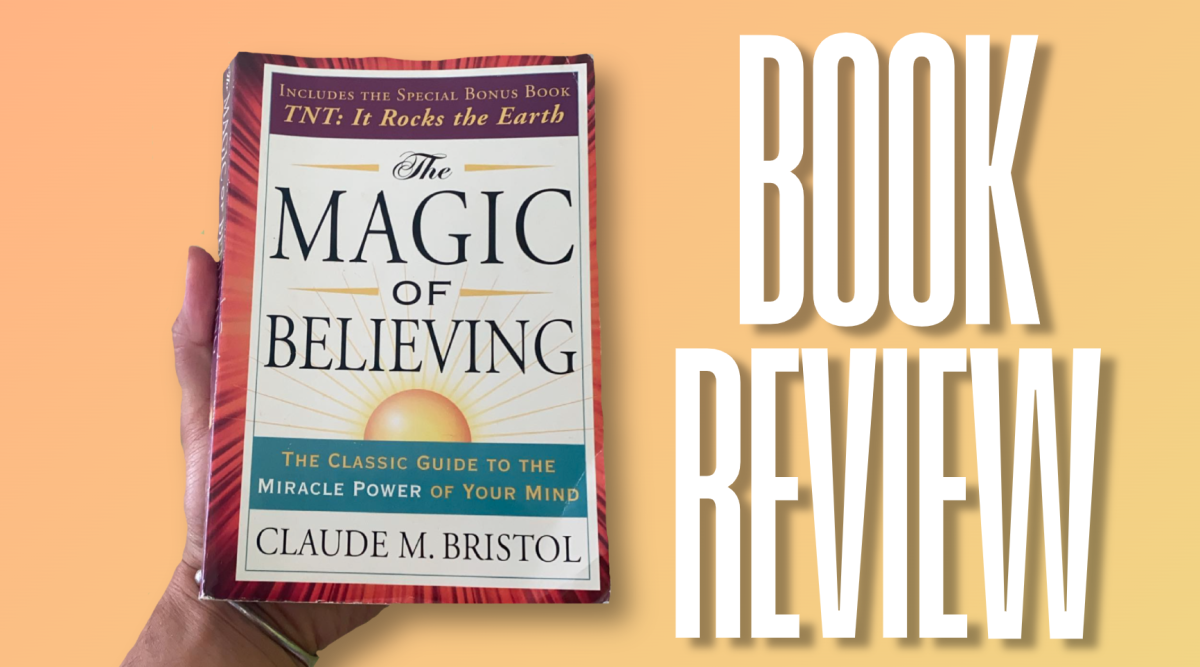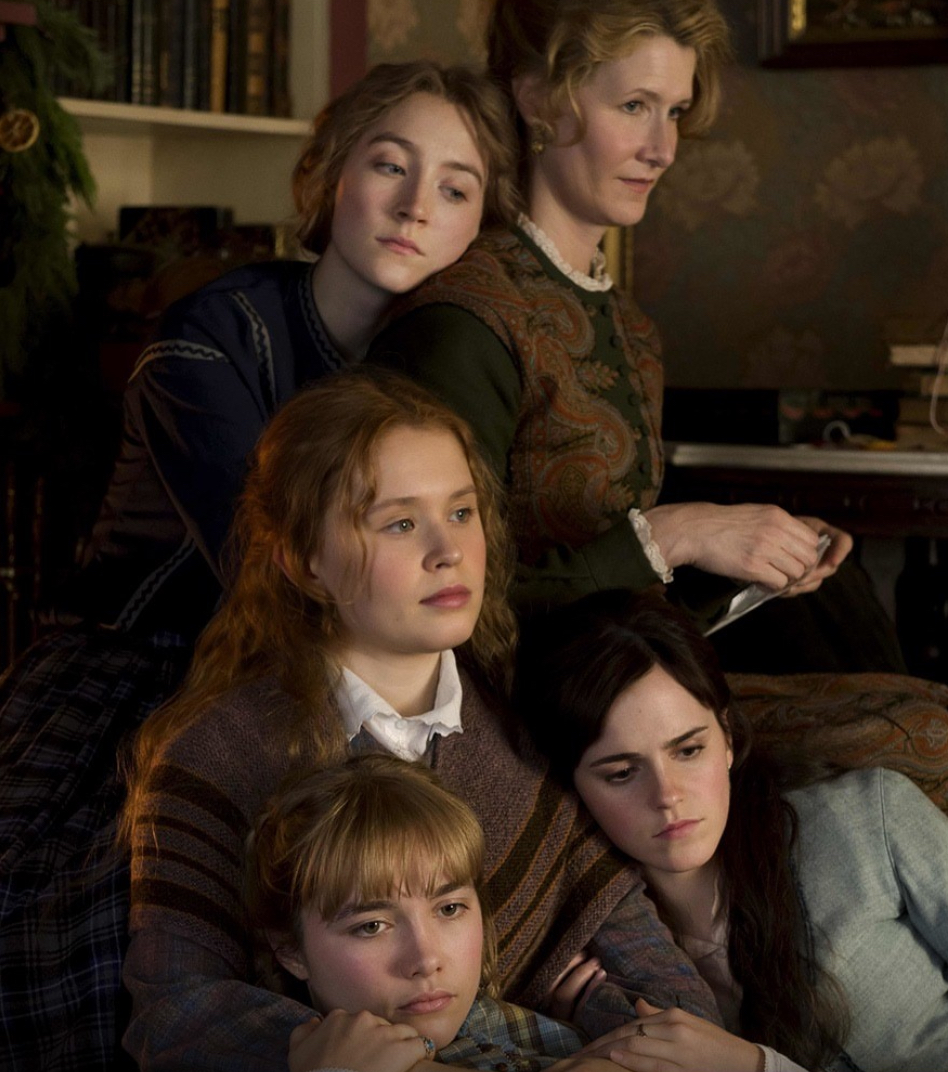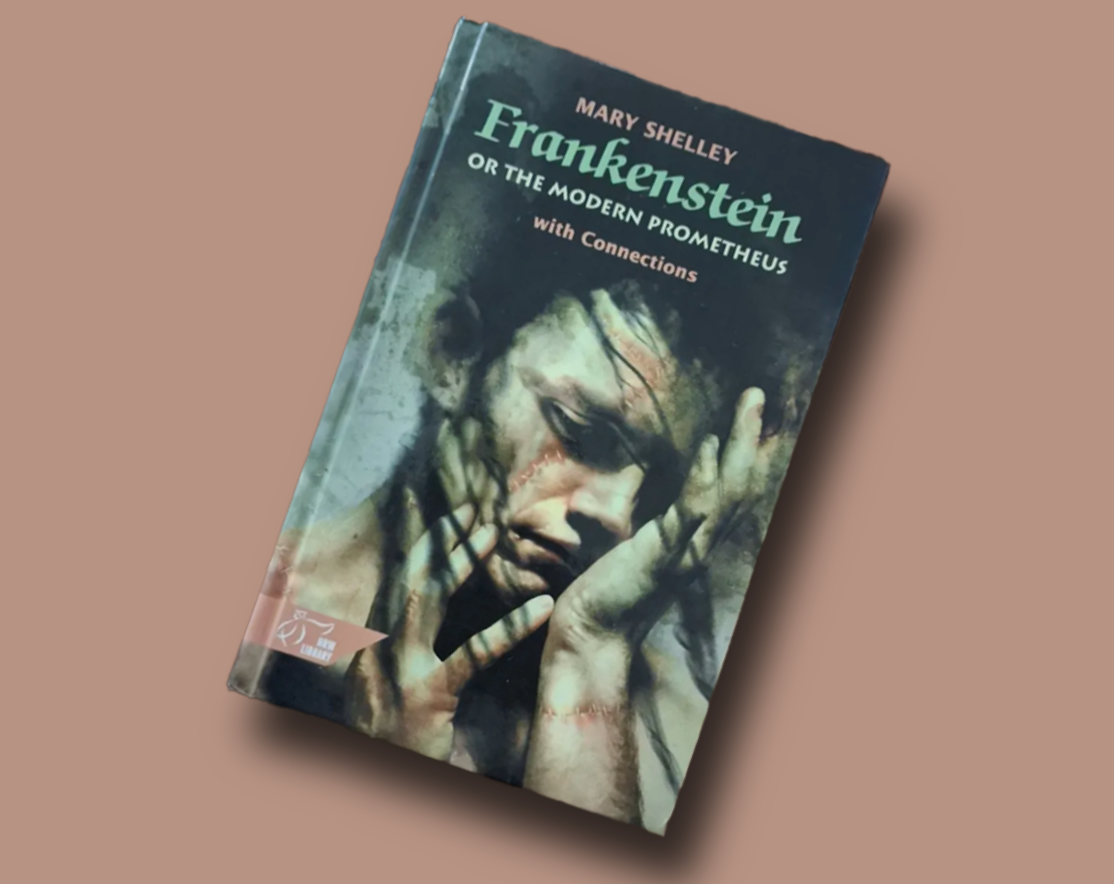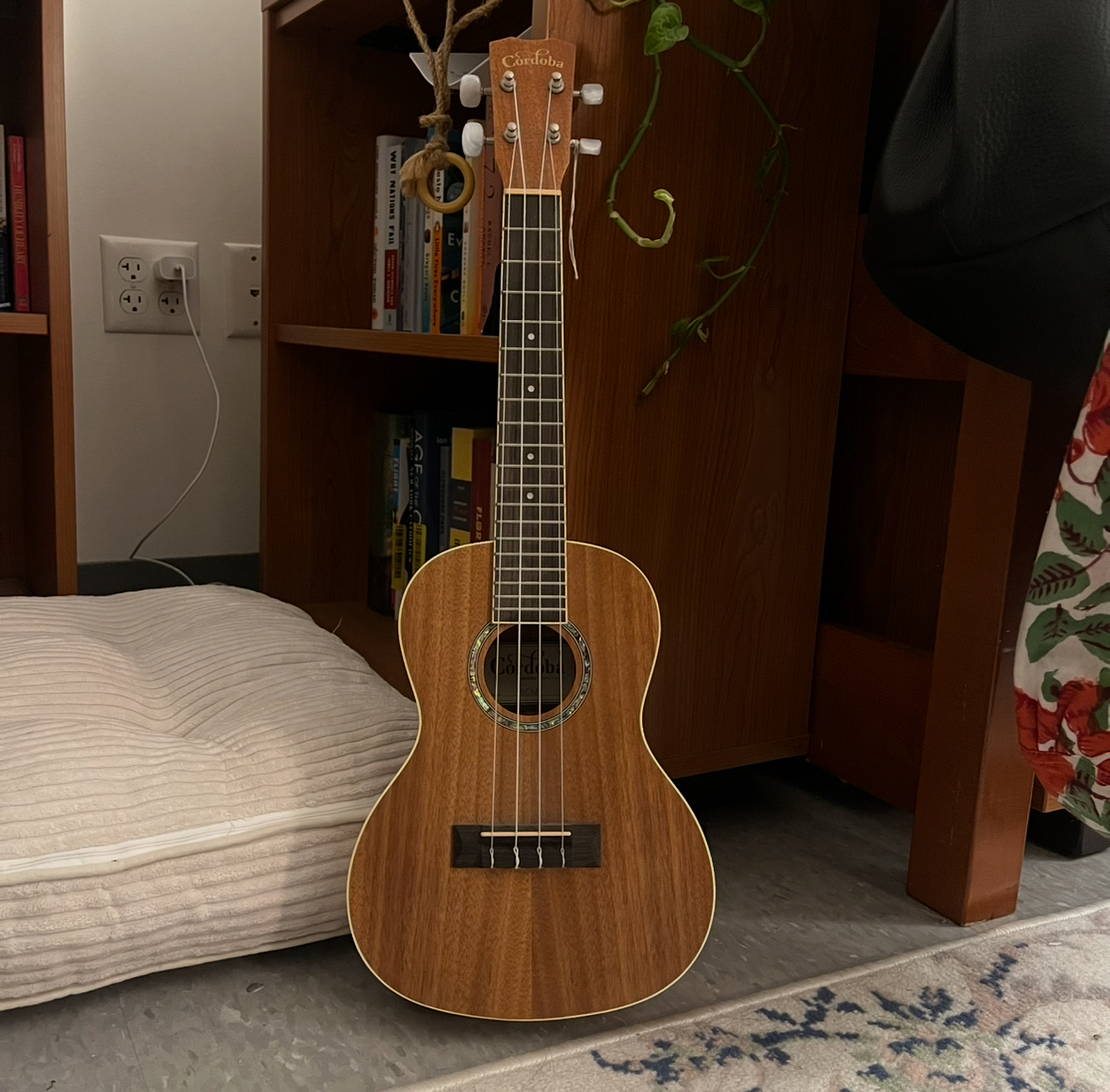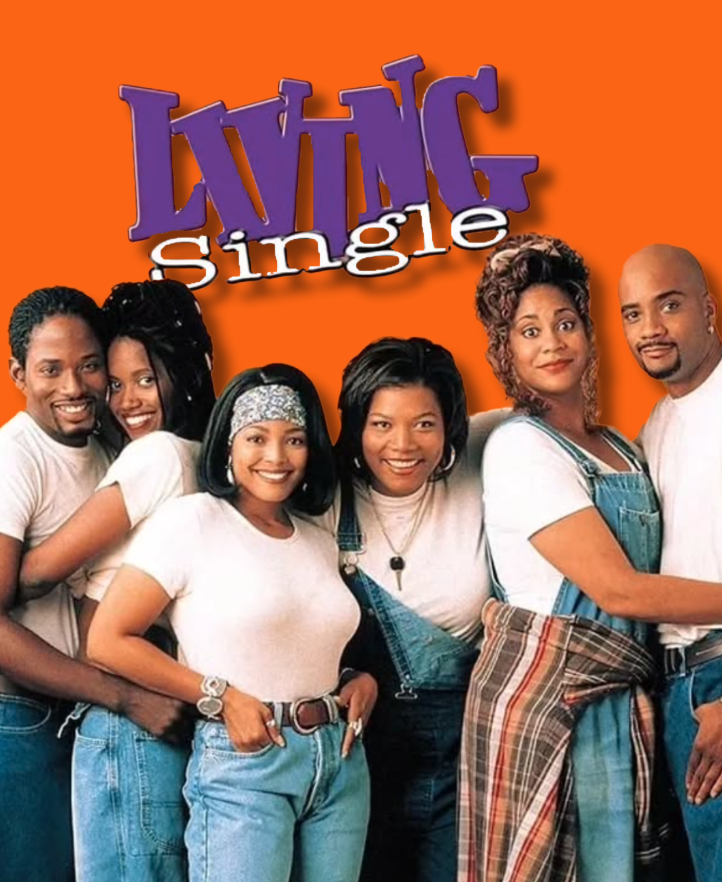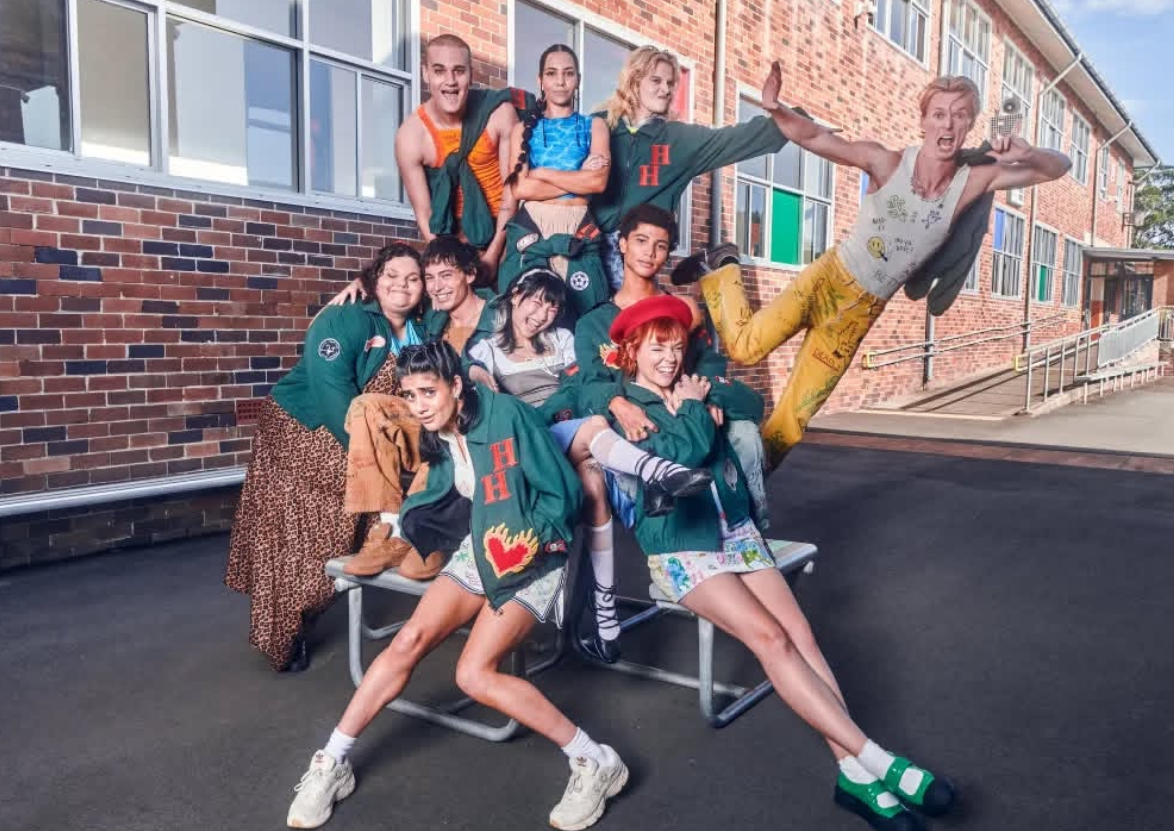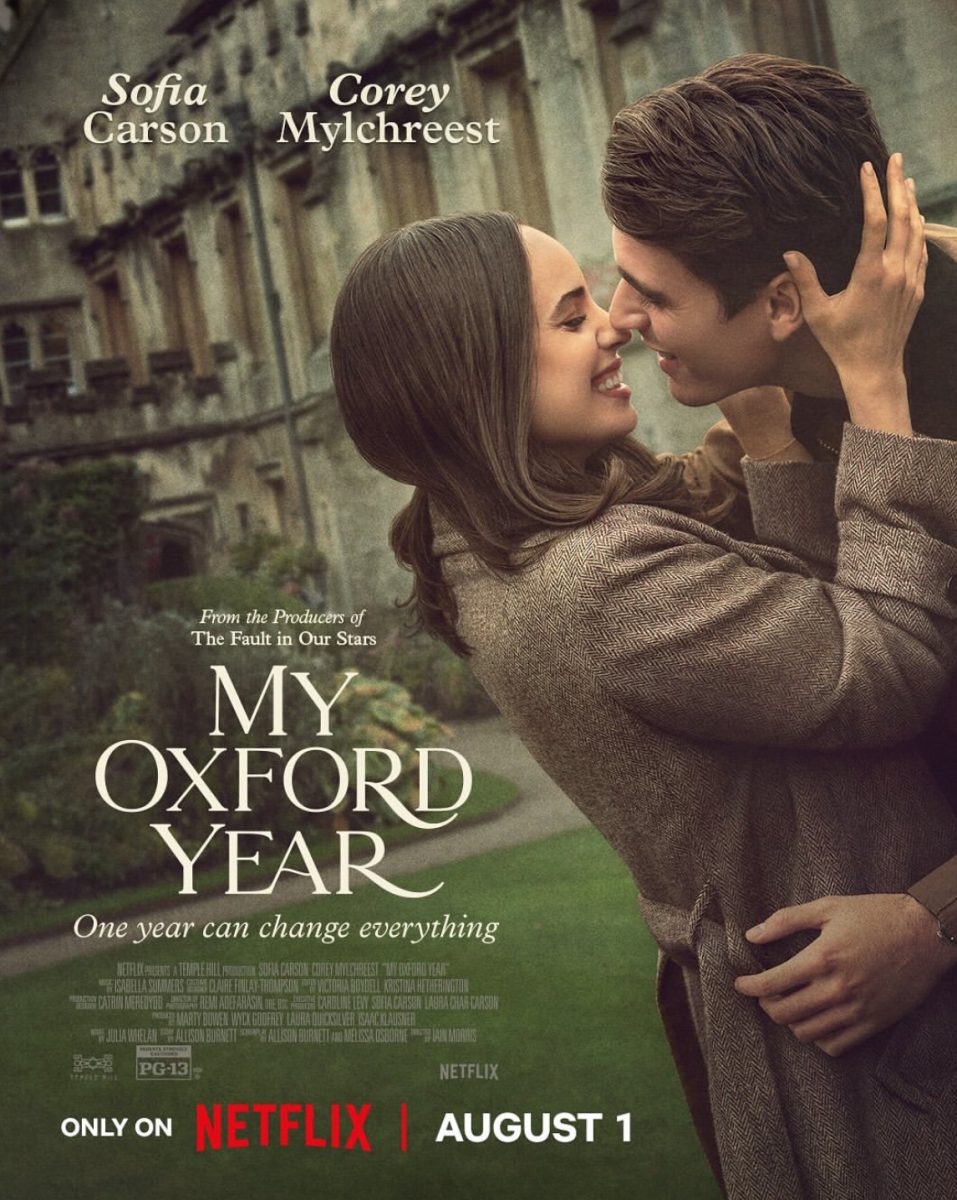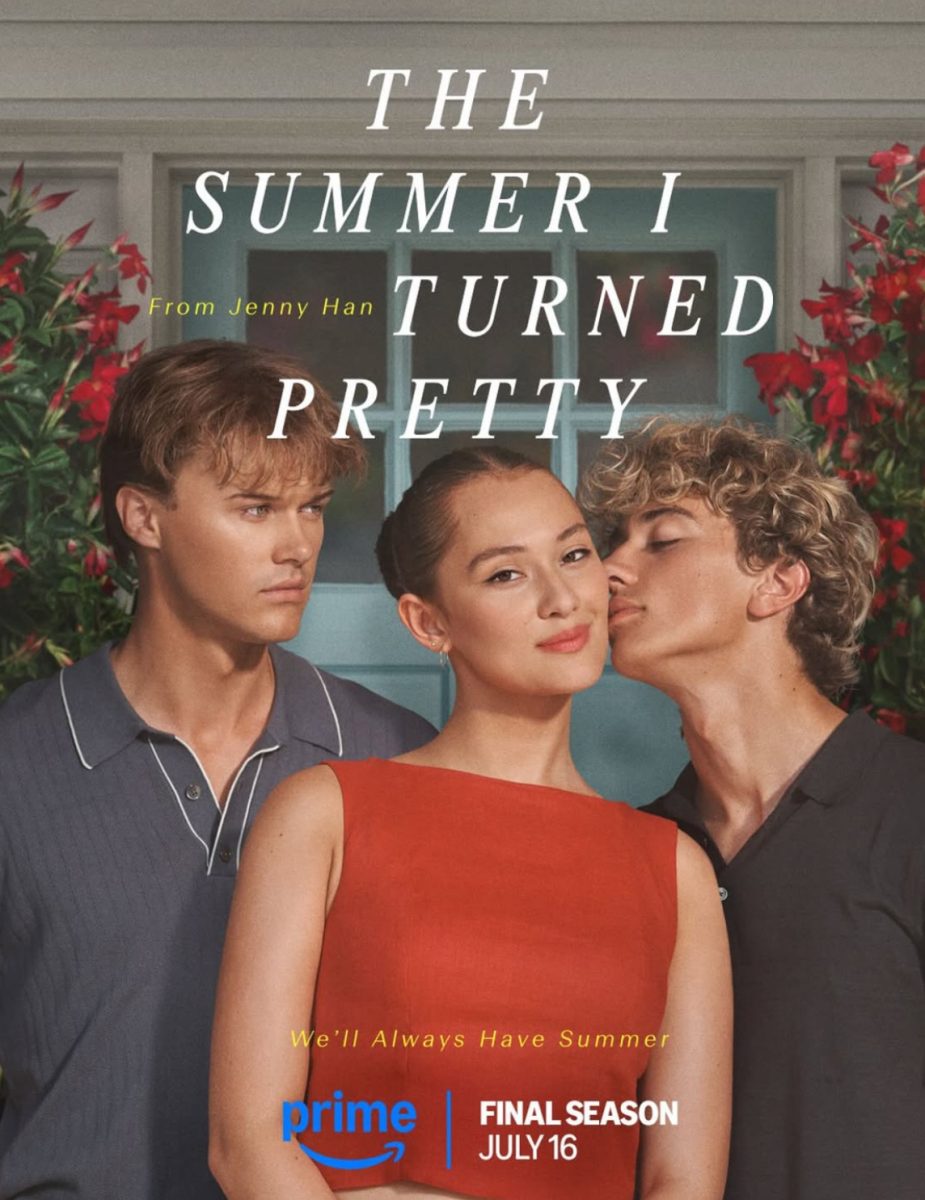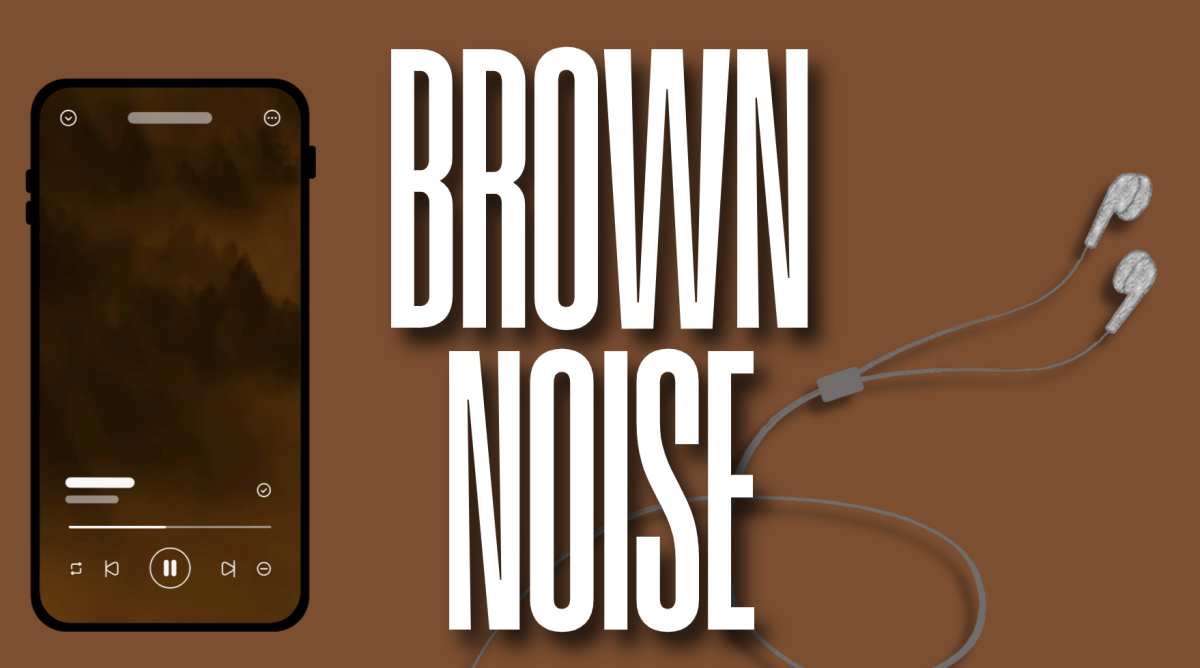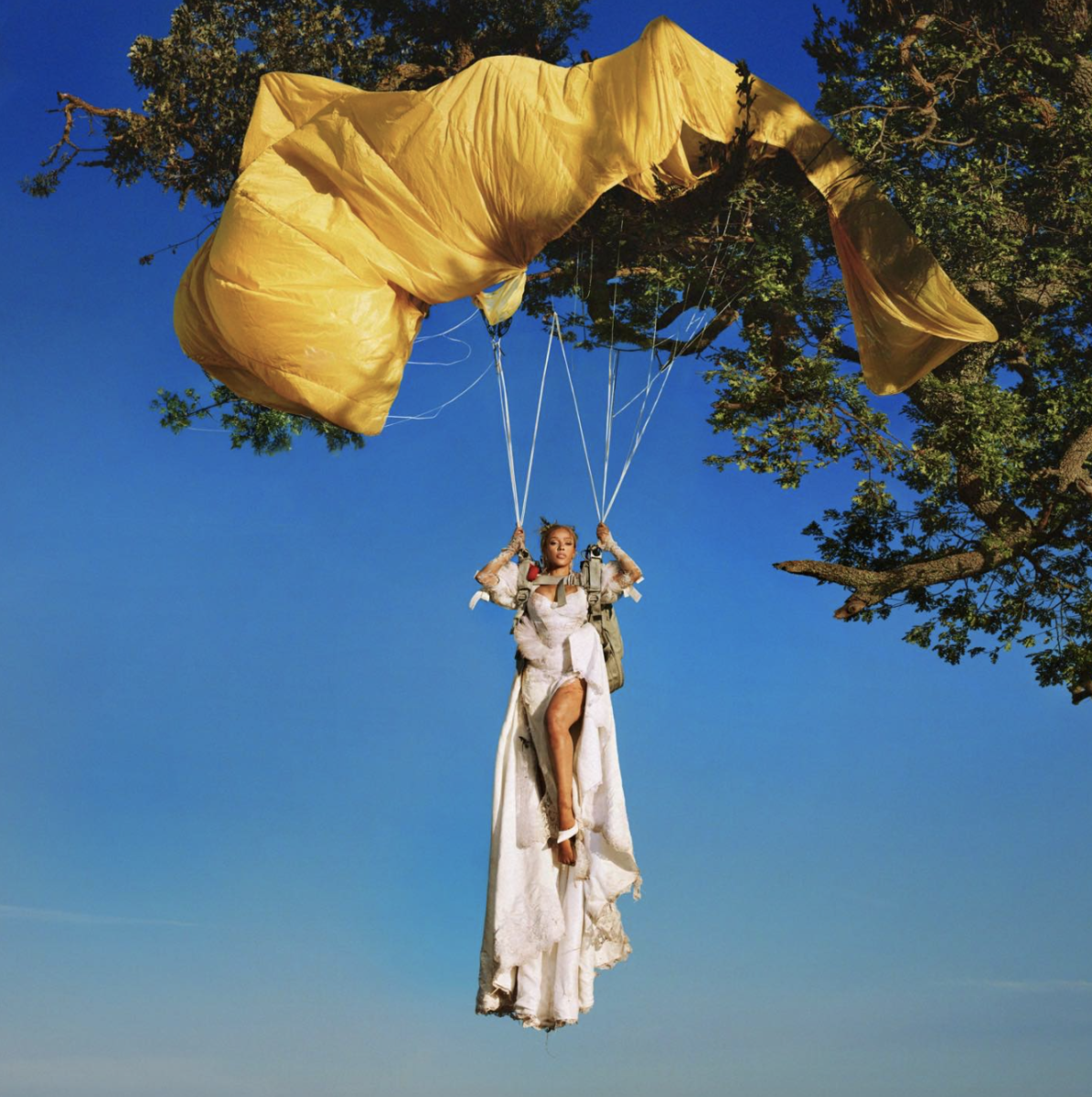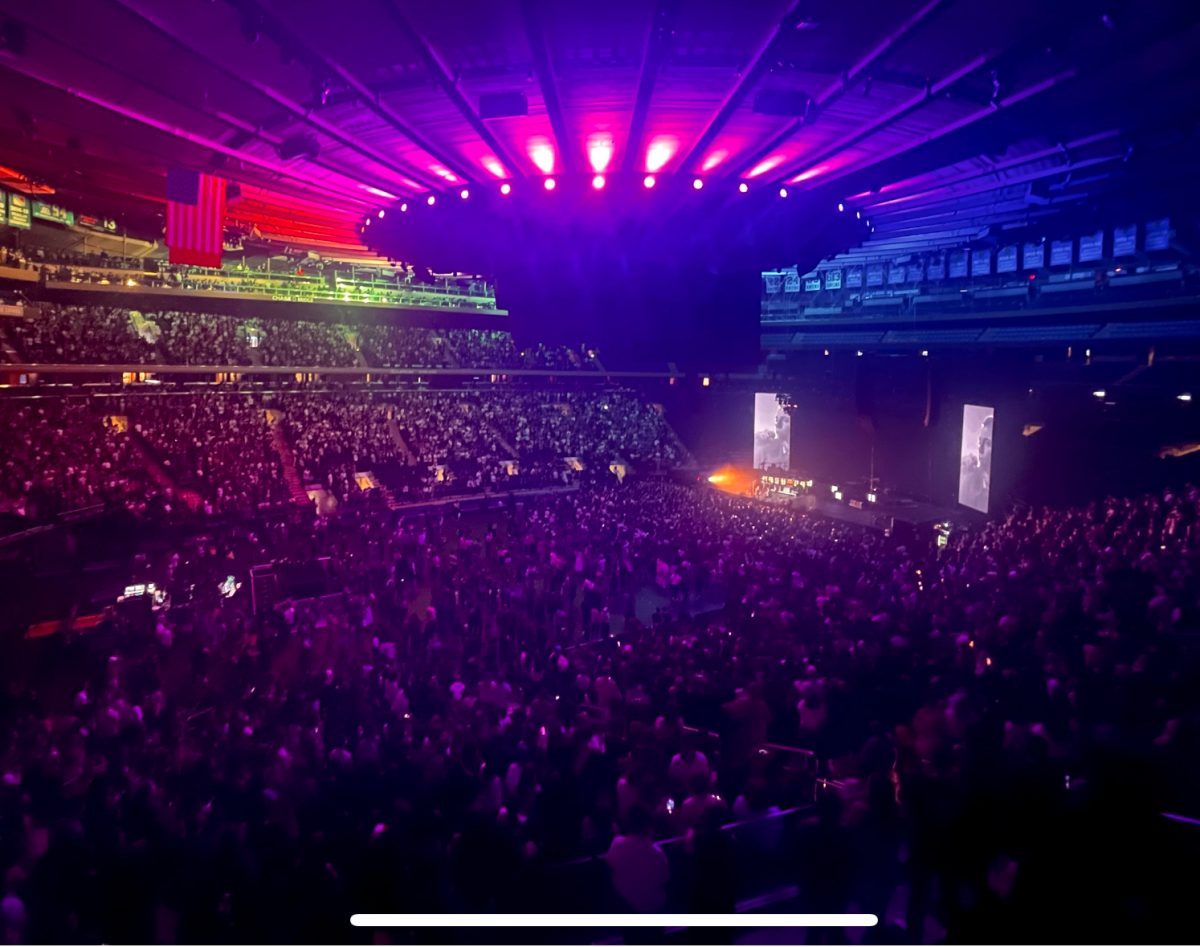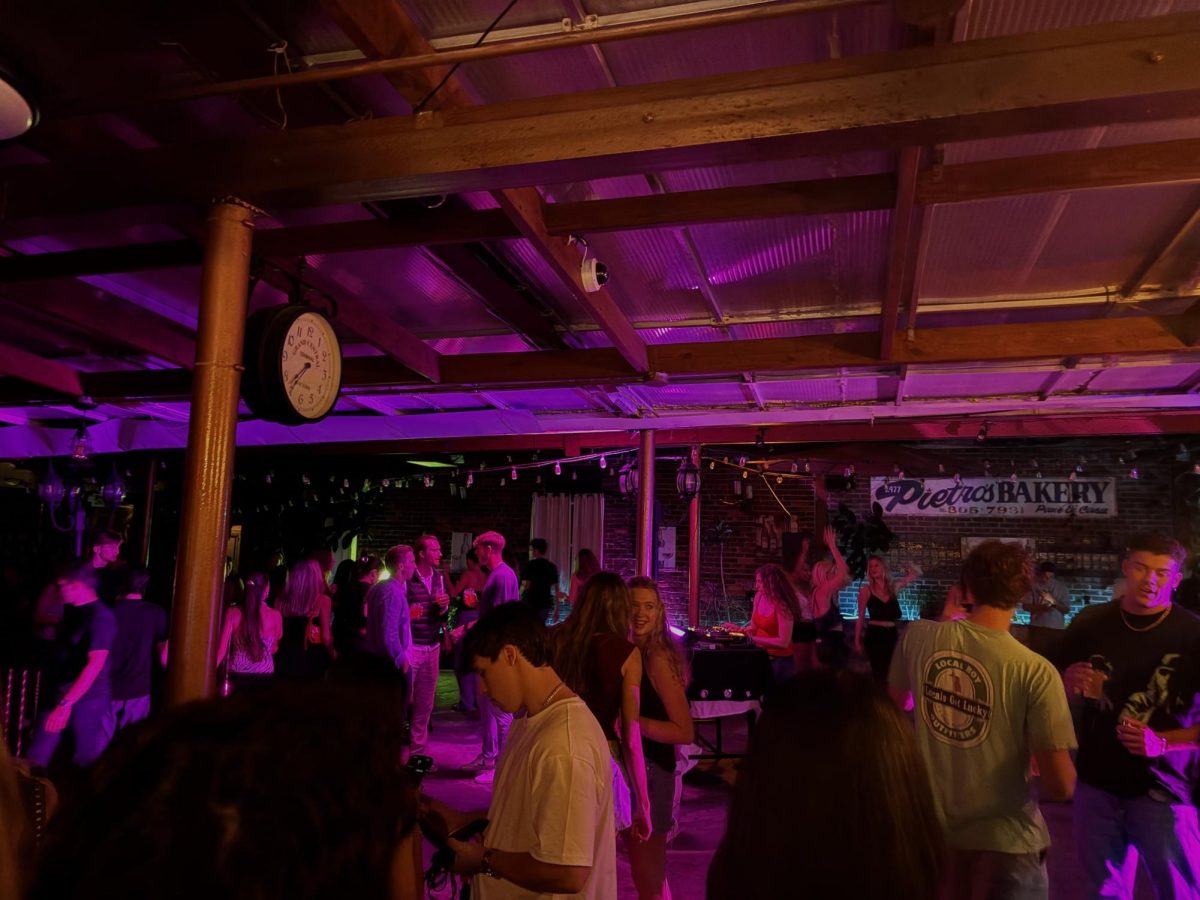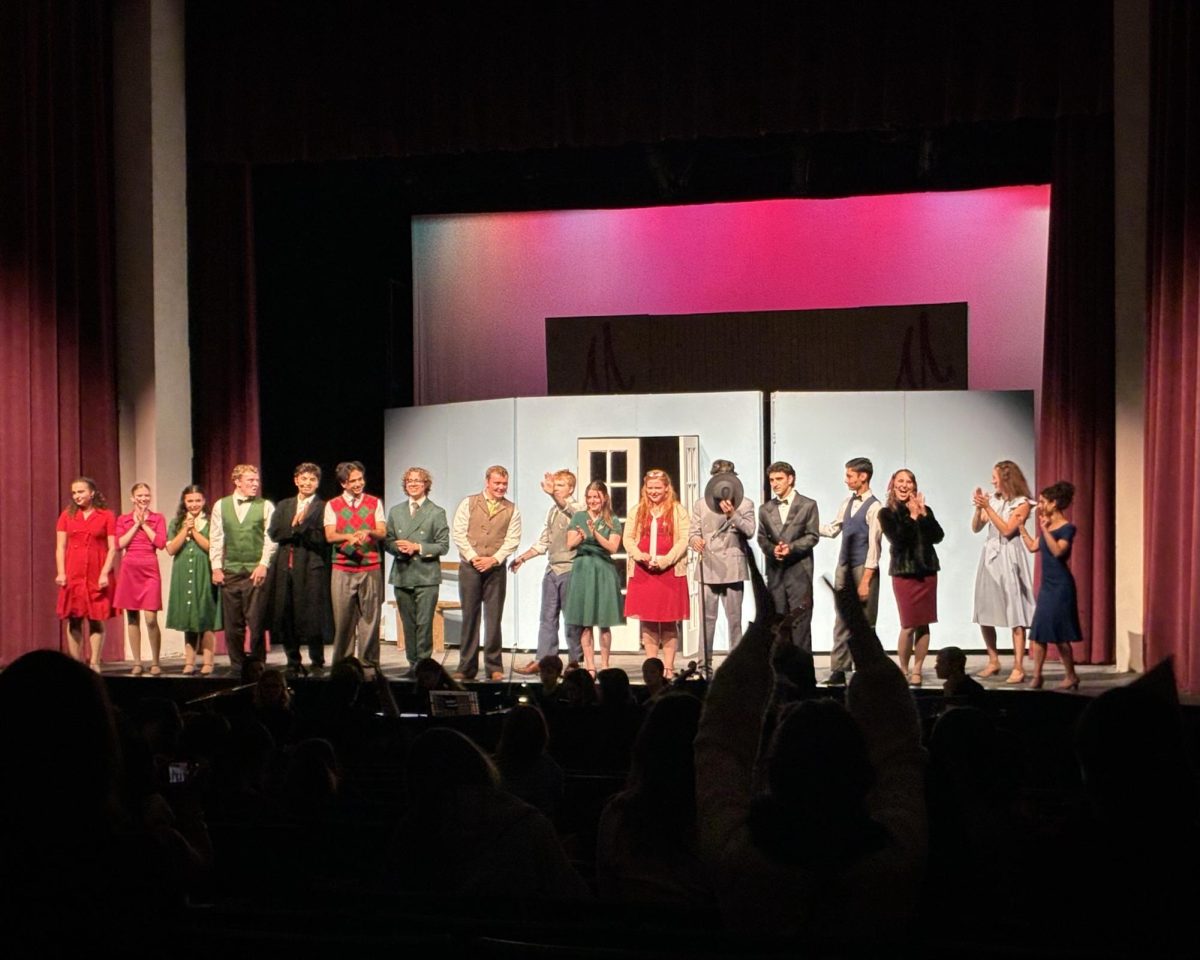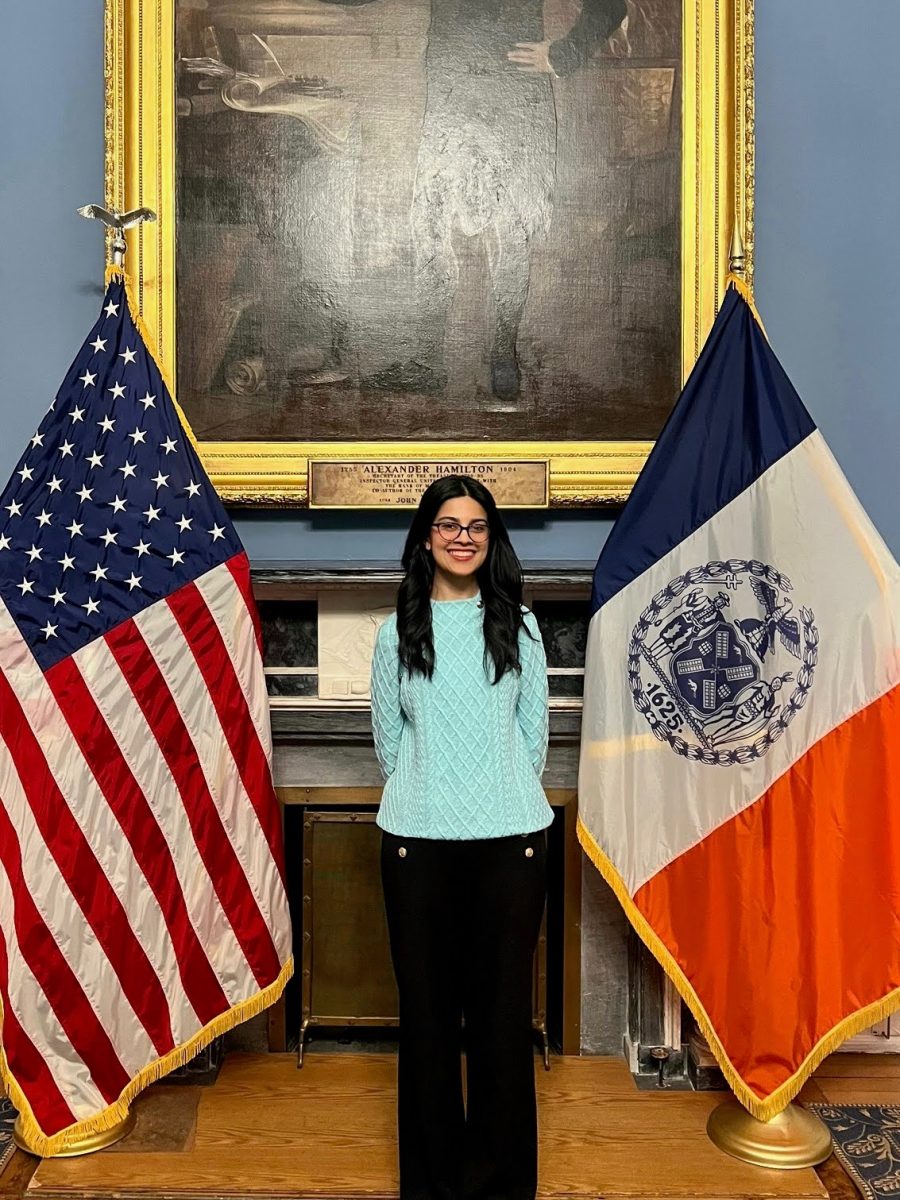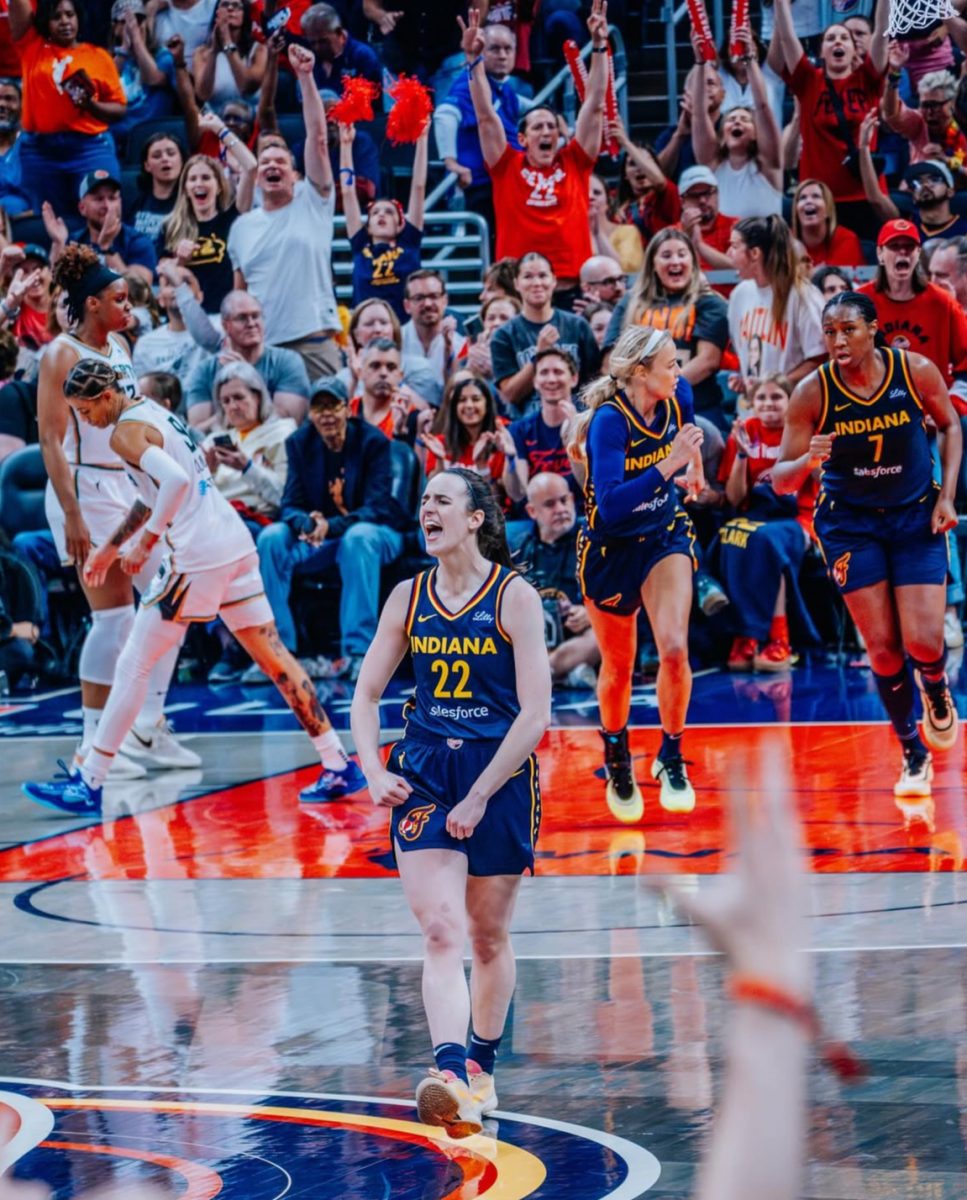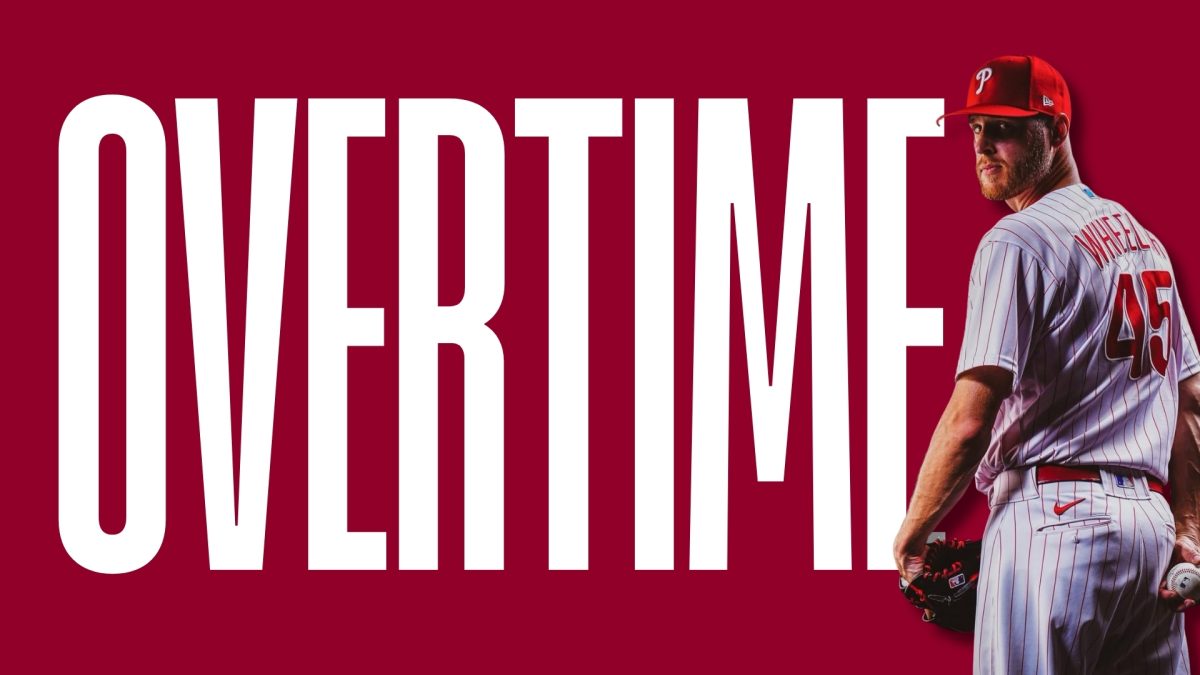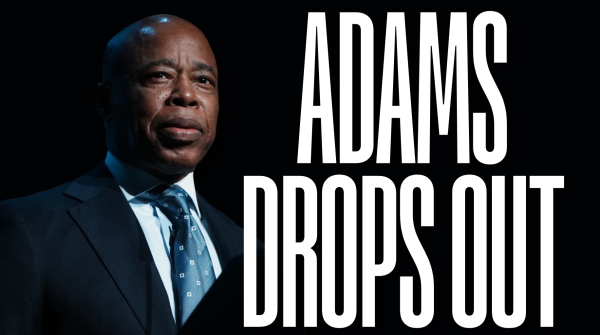Gather Together for GOT
The battle between the living and the dead begins this Sunday at 9 p.m. EST.
Many will crowd around their TVs, laptops or iPads to watch what is likely to be the start of an exhilarating final confrontation between the heroes and heroines of George R.R. Martin’s highly beloved fictional world.
The Ram thinks you should be one of them.
“Game of Thrones” (“GoT”) – the television series based on Martin’s bestselling book series known as “A Song of Ice and Fire” – has captivated the attention of diverse audiences since 2011 and has held that attention over a span of seven, soon to be eight, wildly exciting seasons.
Knowledge of the show is source material for casual conversation at parties, banter among friends or watercooler talk in the workplace. Everyone knows at least something about the “GoT,” and most know a lot.
With its newest and final season upon us, the franchise’s fundamental cultural standing has become increasingly evident. It is difficult, borderline impossible to escape such an overwhelming pop culture craze – so we don’t think you should.
Regardless if you have been a fan since book one, are a latecomer to the action or have yet to see an episode, The Ram believes you should take advantage of the monumental cultural moment you find yourself in and watch along this Sunday evening.
Streaming platforms and apps that personally cater to viewer preference allow people increased independence in their media consumption habits. With such a breadth of options in terms of what to watch, how to watch and when to watch, it’s rare to have everyone on the same webpage.
Similarly, our society can feel plagued by both apathy and polarization. Those disillusioned with the state of things either refuse to participate in productive conversations or get defensive. Civil discussions turn hostile quickly, and most heated dialogues do not end respectfully.
Media allows us to escape the problems were sick of facing, to transcend the trite and plunge into the fantastical for 20 to 40 minutes or a few hours at a time. But great media reminds us why we want to solve these problems in the first place. It reinvigorates us to fight our own battles and encourages us to join together in our shared quest of life.
Cultural phenomena like “GoT” have the ability to connect us to humanity in ways that break through the barriers of everyday life, precisely by letting us all enter a world that is so beautifully make-believe.
So take advantage of this opportunity to reunite with a wide range of your peers in a way that’s more fun than it is consequential, more fantastical than it is plausible.
Amid an otherwise divisive environment, we should embrace the opportunity to enter conversations that are good-natured but not lacking in passion.
“GoT” is not the first series to take the entertainment industry by snow storm (winter is coming, after all).
The final movie in the original “Harry Potter” series, “Harry Potter and the Deathly Hallows Part Two,” garnered much of the same cultural traction building up to and during its box office run; it, too, being the last of its series, the film boasted an opening weekend box office total of $169,189,427 and entailed a satisfyingly conclusive war of its own with the Battle of Hogwarts.
Marvel’s recent “Avengers: Infinity War” caused similar hysteria among the franchise’s staunch fans, as the iconic superhero group known as the Avengers took a final stand against Thanos to resolve a rivalry lasting over 22 prior films.
Along with the definitive conclusions to these highly anticipated series and their induction into the pop culture canon comes a slew of gifs, memes and intricate references that circulate around social media pages and friend circles alike. Topically witty jokes and impassioned debates can be heard in all corners of the public sphere.
These cultural signifiers and the media they stem from have the ability to form and strengthen bonds between a wide range of people across a wide range of differences. They give us the opportunity to examine and discuss issues that resonate with us in a real way without real consequences.
These fantastical universes serve as practice areas for us to discuss issues surrounding race, class, gender, ability and more, and these discussions are far more readily engaged in and productive when held behind this veil of fantasy. It is through such discourse that people come to realize the villains of make-believe might not be so different from the villains of our lived experience, or perhaps even ourselves.
People love “GoT,” and they love to hate it. The worst characters get killed off in one episode (to unanimous glee of viewers), then the best ones in the next (to their excruciating despair).
Nothing is expected, and everything is riveting.
But most importantly, people deeply care about it. And this care can translate into reality.
The Wall, Northern Westeros, Southern Westeros and Essos are not merely fictional places but rather sites of intense emotion, drama and fantasy for characters and audience members alike.
You might not be able to travel physically to any of Martin’s imagined landscapes, but you can most definitely plunge yourself emotionally into his world, and in turn, deeper into your own. And you won’t find yourself alone there.
So join the cultural moment, be one of the millions watching “GoT” this Sunday – if for no other reason than to strengthen the connections with those around you going forward.

